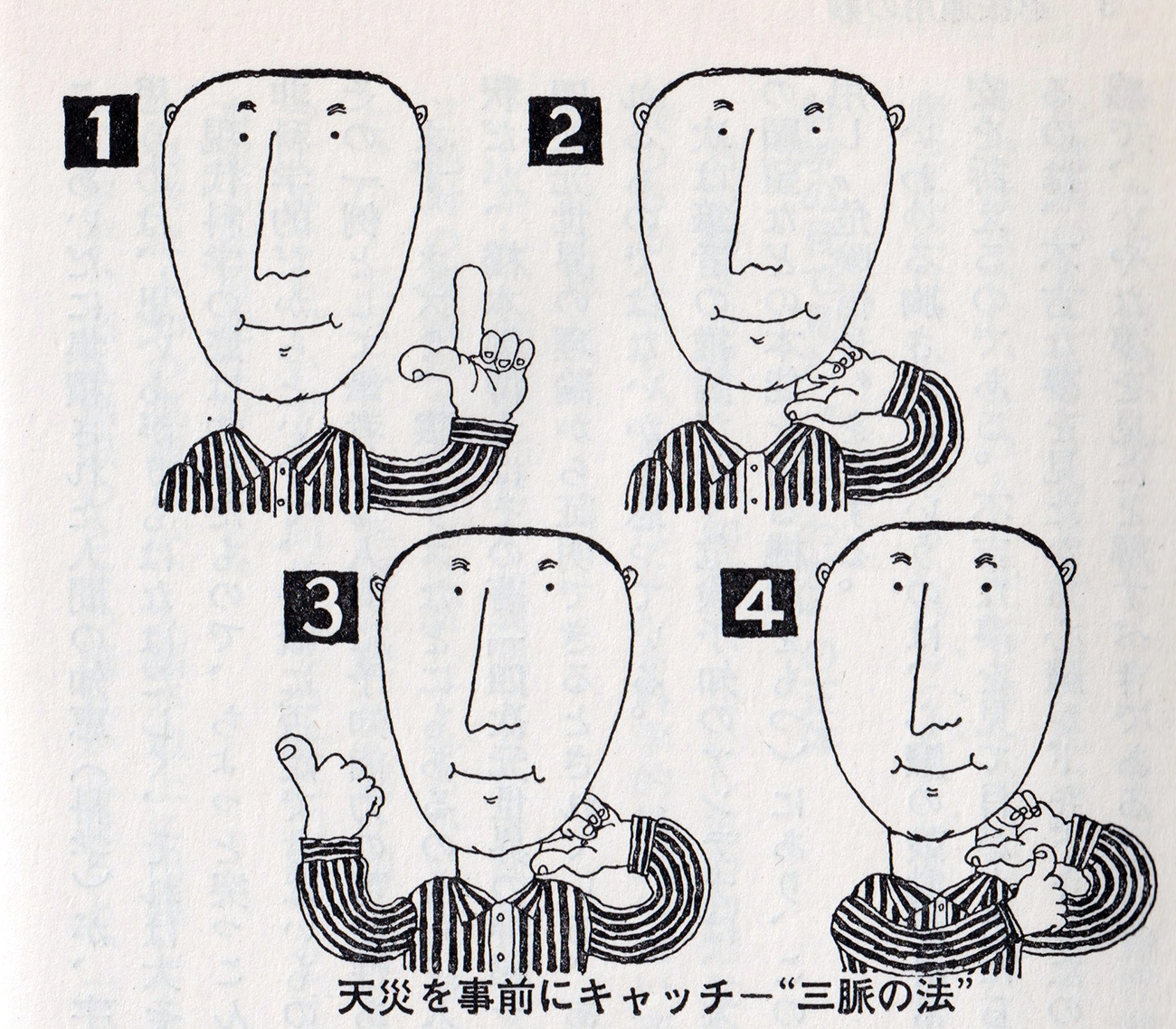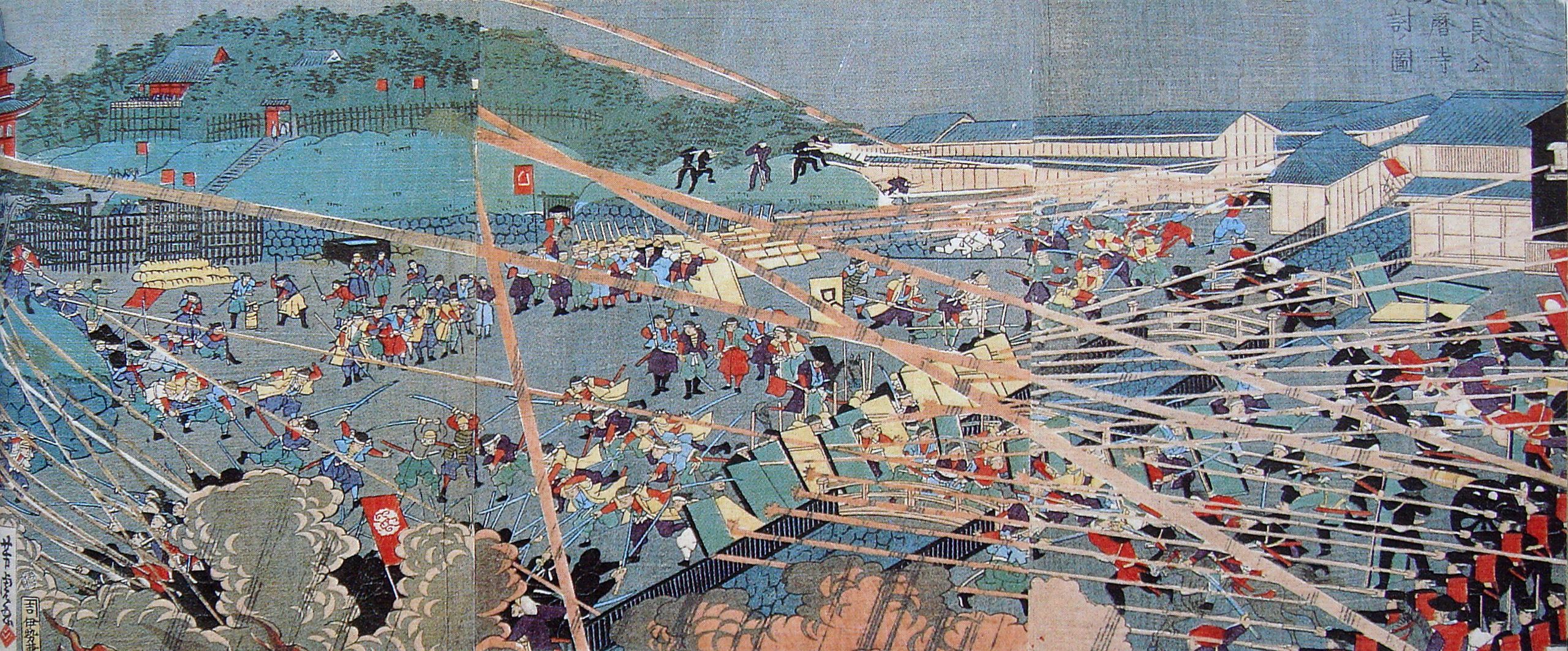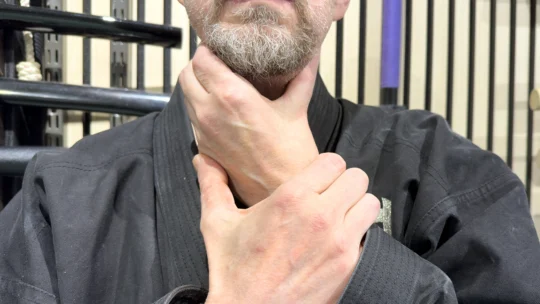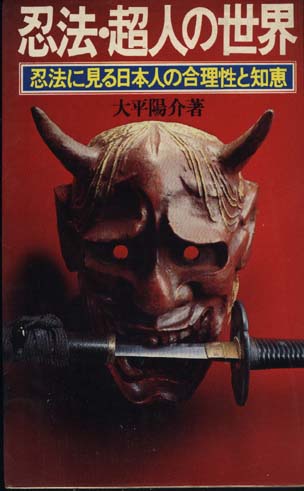The Esoteric Mantra Secret for Anticipating Disasters: The “Three Pulses Method” (Page 214-216) from the book Ninpō Chōjin no Sekai by Ōhira Yōsuke.

If humans possess precognitive abilities, then in the case of the All Nippon Airways crash, all 133 passengers should have felt an ominous premonition. However, only a few, including Kumada Taizō—who was saved by a “gut feeling”—and a woman named Yamanoe Motoko—who canceled her trip due to an ominous dream—escaped the disaster. This raises the question: why only a handful? The answer lies in individual differences. People vary widely—some are highly sensitive to precognitive sensations, others are less so, and some may feel it but dismiss it. Many, influenced by modern scientific education, tend to deny such feelings outright.
Kumada Taizō’s wife, for instance, was among those who most strongly sensed the danger signal. Calculating the percentage of people who survived this incident due to such premonitions, it comes to 0.003…—or roughly 3%.

Assuming that everyone has some degree of danger-sensing ability, albeit with varying intensity, is there a way to accurately detect it? If so, it would be a great boon. One ancient method passed down through tradition is known as the “Three Pulses Method” (三脈の方 Sanmyaku no Hō).
According to Hatsumi Yoshiaki, this method stems from the teachings of Shingon Mikkyō (esoteric Buddhism). When you feel an ominous premonition, open your left hand and lightly press the carotid arteries on both sides of your neck with the tips of your left thumb and index finger. Then, use the thumb of your right hand to press the pulse point (radial artery) at the base of your left thumb (near the wrist).
Press these three arteries simultaneously. If the three pulses beat in perfect unison, with no delay, like a three-beat rhythm, there is no danger. If the pulses are irregular or out of sync, it signals “danger,” and you should promptly take countermeasures.

On May 15, 1868 (Meiji 1), during the Battle of Ueno, 榊原鍵吉 Sakakibara Kenkichi, the 14th headmaster of the Jikishinkage-ryū sword school, who ran a dojo at Kurumazaka below Ueno Hill, used the Three Pulses Method to foresee danger. He ordered all his disciples residing at the dojo to evacuate immediately.
Several hours later, the imperial army under the command of Chōshū’s Ōmura Masujirō positioned Armstrong cannons—purchased from Britain—on the roof of the Matsuzakaya store in Hirokōji and fired on the Shōgitai forces entrenched on Ueno Hill, determining the battle’s outcome. A stray shell landed on Sakakibara’s dojo, exploding and reducing it to rubble. Had they not evacuated, the entire school would have perished.
From my hypothesis, the autonomic nervous system (vegetative nervous system) originating in the brain influences the heart, causing “chest unease” (胸騒ぎ munesawagi), which manifests as an irregular pulse. Thus, the Three Pulses Method seems rational.

I have not personally experienced a major disaster, nor have I tested this method, so I cannot assert its absolute reliability. However, ancient traditions often contain wisdom derived from extensive experience or the intuition of geniuses—wisdom that modern science cannot yet explain but has proven effective in practice.
Recently, when I discussed this with Dr. Abe Tsuneo, a prominent young authority in Japanese internal medicine and an associate professor at Tokyo Medical and Dental University, he remarked, “That makes sense,” which I’ll note here for reference.
Living in a modern world filled with dangers like earthquakes, fires, explosions, and hijackings, how should we respond when suddenly faced with a disaster? Below, I will outline emergency evacuation methods step by step.
Excerpt above about The Esoteric Mantra Secret for Anticipating Disasters from the book Ninpō Chōjin no Sekai by Ōhira Yōsuke.
Endorsement by Hatsumi Yoshiaki
34th Sōke of Togakure-ryū Ninpō
28th Sōke of Kukishinden Happō Hiken
Upon hearing that Professor Ōhira was publishing an introductory book on ninjutsu, I was convinced that it would undoubtedly become an exceptional work on the subject. This confidence stems from the fact that Professor Ōhira has dedicated decades to researching ninjutsu—not merely by studying historical texts or research books on the subject, but by forming deep, familial bonds with living ninjas over many years. I am one of those ninjas.
Therefore, Professor Ōhira possesses knowledge of secret teachings (hiden) that a mere researcher could never glimpse.
I believe that ninjutsu is, in essence, a method of mastering the art of living with a spirit of harmony, peace, and joy (kasei waraku). To this end, ninjutsu practitioners have honed their wisdom to live happily by cultivating their body, mind, and spirit through endurance (nin).
In today’s chaotic era, isn’t the proper application of ninjutsu—despite its potentially dangerous nature—precisely what modern society needs? This book, which comprehensively elucidates all aspects of ninjutsu, not only explains the art but also serves as a personal guide for navigating life. This is why I, as a ninja, proudly endorse it to the world (kōko).
Yōsuke Ōhira (大平陽介)
Writer and literary critic. Real name: Ryōichi Yahata. Born in 1904 in Fukushima Prefecture. After dropping out of Chūō University’s Faculty of Law, he worked at Shinchōsha before serving as the inaugural editor-in-chief of NHK’s monthly magazine Broadcast and the Freedom Publishing Association’s Reading Outlook (a predecessor to the current Weekly Reading Person). He is currently a standing committee member of the Tokyo Writers’ Club and a councilor of the Japan Children’s Literature Association. His representative work is Full Moon Literature (Shunyō Bunko). Alongside his prolific writing career, he has a keen interest in exploring ancient martial arts (kobudō), and has authored works such as Sword Courage Record (Daidō Inshokan), which incorporates the secrets of martial arts. This book also reflects a portion of his extensive research accumulated over many years.

Published January 1, 1975
254 pages
ISBN-10 : 4026060314
ISBN-13 : 978-4026060316